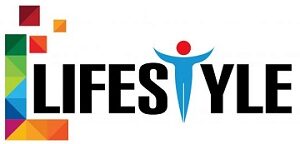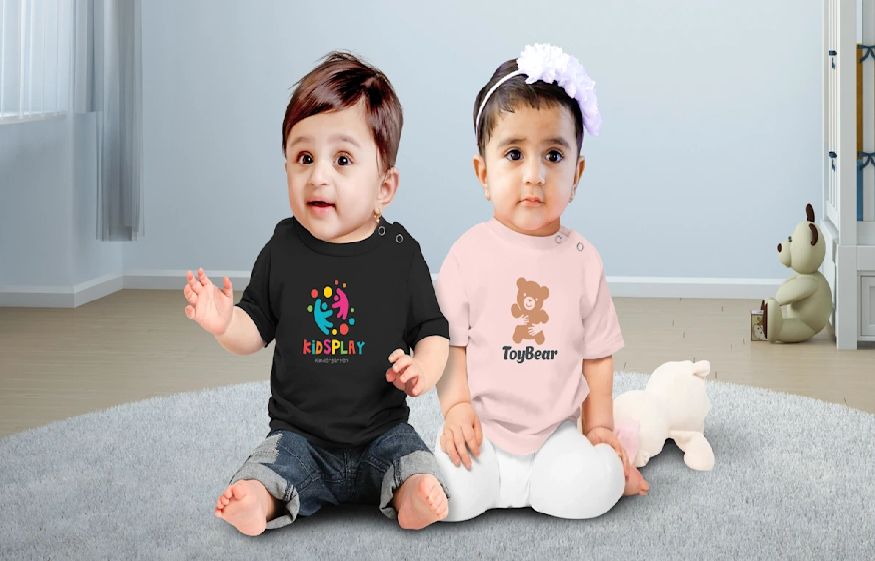Carter’s Inc. is a leading player in the baby clothing market, known for its wide range of baby clothing, including t-shirts, bodysuits, and sleepwear. H&M Hennes & Mauritz AB has also made significant strides in the market with its sustainable and organic baby clothing lines. The Children’s Place Inc. is another key player, offering a variety of baby clothing options that cater to different age groups and preferences.
Emerging markets and growth opportunities
Emerging markets present significant growth opportunities for the baby clothing industry. The Asia Pacific region, particularly China and India, is witnessing rapid growth in the baby clothing market owing to their massive population base and increasing disposable incomes. According to Research and Markets, the Asia Pacific region was the largest in the baby clothing market in 2023 and is expected to be the fastest growing region during the forecast period.
In South America, improving economic conditions and a rising urban middle class are contributing significantly to the market growth. The Middle East and Africa (MEA) region is also evolving, with a notable shift towards luxury and branded apparel, driven by increasing purchasing power and a growing awareness of international fashion trends.
The growing emphasis on personalized and custom-made baby clothing, along with increasing investments in technological innovations for smart baby clothing that monitors health and comfort, are providing additional growth opportunities for the baby clothing market. Companies are actively innovating to meet the changing demands of eco-conscious consumers, with a focus on sustainability and environmental friendliness.
When it comes to baby t-shirts, fabric choice is paramount. Babies have delicate skin that requires soft, breathable materials to keep them comfortable and prevent irritation. Cotton remains a popular choice due to its softness and breathability. According to a trade report, cotton/linen blends are also gaining traction, offering a dry, textured hand feel that complements a rustic aesthetic. These blends not only provide comfort, but also add a unique texture that enhances the overall look of the garment.
The role of organic and sustainable materials
In recent years, the clothing industry has seen a significant shift towards organic and sustainable materials, and baby t-shirts are no exception. Organic cotton, certified by organizations such as GOTS (Global Organic Textile Standard), is increasingly being used to create baby clothing. This not only ensures that the fabric is free of harmful chemicals, but also promotes sustainable farming practices. Additionally, materials like hemp and natural blends are incorporated to provide a textured feel to the touch while maintaining sustainability. The use of natural buttons sourced from coconut shells and nickel-free snaps further underscore the commitment to environmentally friendly practices.
Innovations in fabric technology
Innovations in textile technology are continually improving the functionality and comfort of baby t-shirts. Jersey linings, for example, are used to add an extra layer of softness and comfort. This is especially beneficial for graphic t-shirts, where the lining can match the colorful print, creating a cohesive look. Additionally, advances in digital printing technology allow for all-over prints that are both vibrant and durable. These innovations not only enhance the aesthetic appeal of baby t-shirts, but also ensure their comfort and durability.
Baby T-shirt design trends are constantly evolving, with patterns and prints playing a crucial role. All-over digital prints that tap into a tropical landscape aesthetic are particularly popular. These prints often feature elements such as palm trees and pineapples, which are in keeping with the artisanal orientation. For a more affordable variation, bleached-effect alternatives are also being explored. Additionally, retro-inspired designs, such as graphic tees with contrast neck trims, are making a comeback, adding a nostalgic touch to baby clothing.
Seasonal Influences on Baby T-Shirt Designs
Seasonal influences have a huge impact on baby t-shirt design. For the spring/summer 2025 season, the focus is on lightweight, breathable fabrics and vibrant prints. According to a trade report, the flared silhouette is a seasonal staple, offering plenty of opportunities for fun retro outfits. The use of botanical-toned checks and overprinted or embroidered tropical patterns further enhance the summer appeal. These designs not only reflect seasonal trends, but also ensure that the garments are comfortable and suitable for warm weather.
Designs inspired by culture and heritage
Culture and heritage-inspired patterns are becoming increasingly popular in baby clothing. Brands are drawing inspiration from various cultures to create unique and meaningful designs. For example, rustically embroidered palm trees and pineapples are in keeping with the artisanal orientation, adding a touch of cultural heritage to the garments. Additionally, the use of natural blends and traditional sewing techniques, such as blanket stitch finishes, further highlight the cultural influences in the designs. These elements not only add a unique aesthetic appeal, but also create a sense of connection to different cultures and traditions.
Functionality is a key element in the design of baby t-shirts. Practical features such as easy-access fasteners and adjustable elements are essential to ensure ease of use. Nickel-free snap closures, for example, provide a secure and convenient way to access diapers. Additionally, the use of natural buttons sourced from coconut shells adds a touch of durability while ensuring practicality. These features not only make the garments easy to use but also enhance their overall functionality.
Designers must ensure that all elements of the garment are safe for babies. This means using non-toxic and hypoallergenic materials and avoiding small parts that could pose a choking hazard. Using nickel-free fasteners, for example, ensures that the garments are safe for babies with sensitive skin. Additionally, designing for disassembly and recycling highlights the importance of creating clothing that is not only safe but also environmentally friendly.


